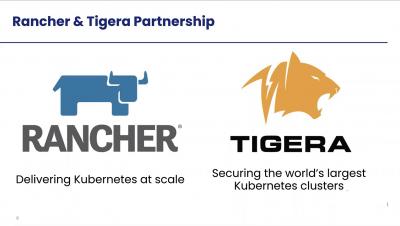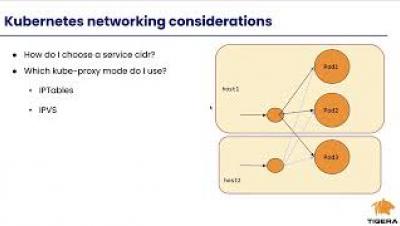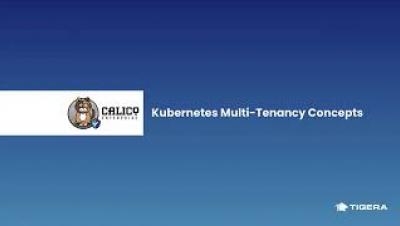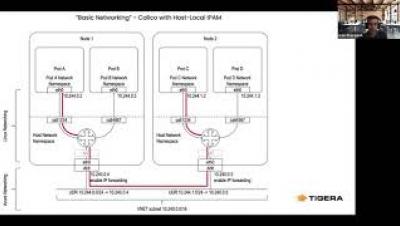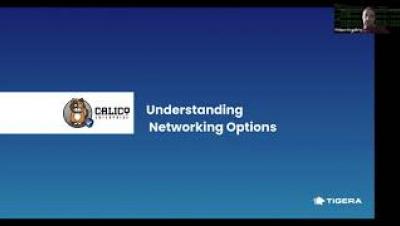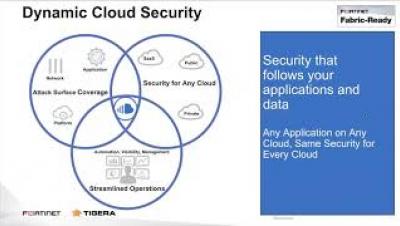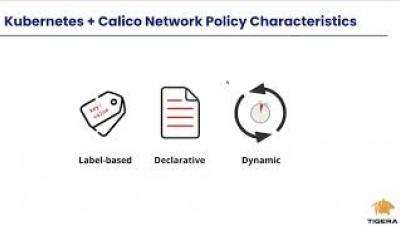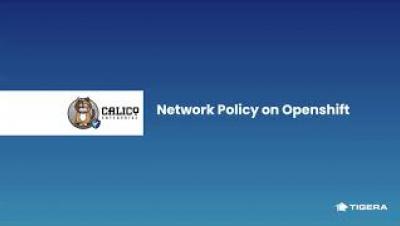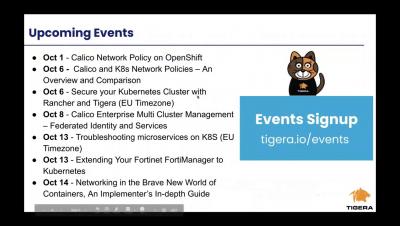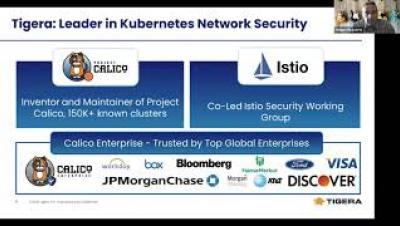Getting up and running with Calico on your Rancher Kubernetes Cluster
Rancher is a great way to deploy and manage Kubernetes clusters across a broad range of environments, abstracting away many of the differences between the environments, and using Canal for run-anywhere networking. But what if you want to up your networking game to squeeze the most out of your clusters? In this training session you’ll learn about the various networking options available to you in Rancher, and considerations to take into account in order to select the best option for your environment.


